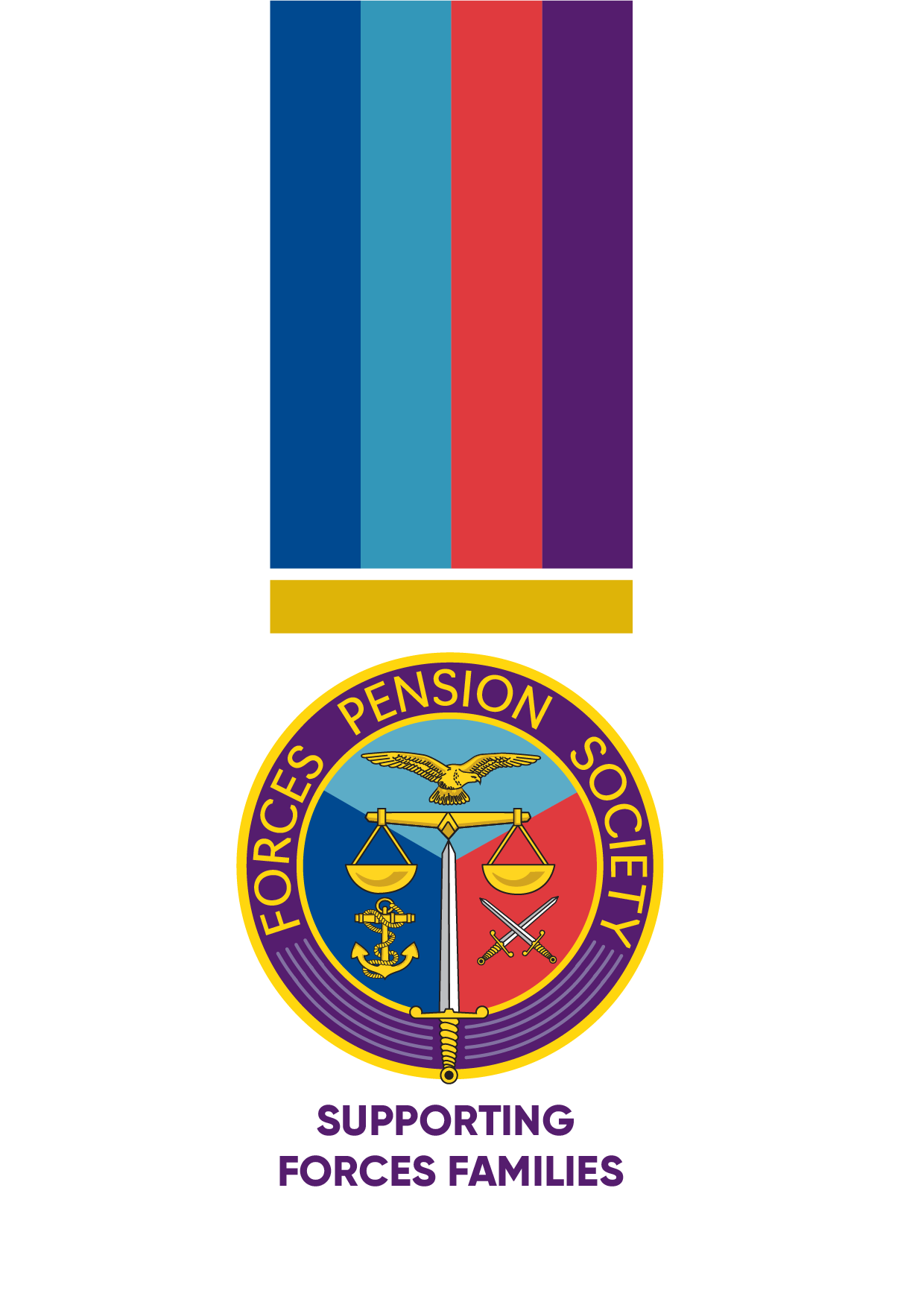Are you entitled to Army Pension family benefits?
There are currently three UK Armed Forces / Army Pension Schemes (AFPS) and one Reserve Forces Pension Scheme (RFPS) from which family benefit entitlements could be available. In this article, Mary Petley of the Forces Pension Society gives a brief outline of these benefits and if you’re able to apply.
What are the Armed Forces Pension Schemes?
• AFPS 75, which closed to new entrants on 6 April 2005.
• AFPS 05, for those who joined the Regular Armed Forces on or after 6 April 2005. AFPS 75 members who were still in service at the time were given an Offer to Transfer (OTT) to AFPS 05. This scheme closed to new entrants on 1 April 2015.
• RFPS, for those who joined the Full Time Reserve Service (FTRS) (including Additional Duties Commitment) or were mobilised (e.g., on an Operational Tour) on or after 6 April 2005. FTRS personnel pensionable under AFPS 75/FTRS rules were given an OTT to RFPS. This scheme was closed to new entrants on 1 April 2015.
• AFPS 15, for both Regular and Reserve personnel who joined on or after 1 April 2015. Serving personnel who were born on or after 1 April 1967 were transferred to the new scheme on 1 April 2015. With effect from 1 April 2022 all serving personnel are now members of AFPS 15 and the other schemes have closed.

Adults
What are the AFPS 75 rules and regulations?
AFPS 75 adult pensions are normally limited to the spouse or civil partner of the member.
If the member died in service, and has not been transferred to AFPS 15, or they die with their Army pension in payment, the family pension is paid in two stages. First is the Short Term Family Pension (STFP). This means the family receives the member’s representative rate of pay for their rank (if they were still in service) or their full pension (if the pension was in payment) in the immediate aftermath of the member’s death for 91 days if there were no eligible children, or 182 days if there were. After the STFP the pension reduces to 50% of the member’s entitlement and this pension is payable for life.
If the member’s Army pension is a preserved AFPS 75 pension (a pension not yet in payment), the spouse/civil partner entitlement is 50% of the member’s pension entitlement payable for life (so, no STFP entitlement). This would include a lump sum of three times the pension, which is paid, automatically, to the spouse/civil partner. If there is no spouse/civil partner, the lump sum is paid to the eligible children. If there are none, it is paid into the deceased’s estate.
What are the AFPS 05, AFPS 15 and RFPS rules and regulations?
AFPS 05, AFPS 15 and RFPS pay adult pensions to the member’s spouse, civil partner, or eligible partner. The eligible partner is an unmarried partner of either sex, who lives with the member and can demonstrate financial dependence or interdependence.
There may be a lump sum payable on death if, for example, the member dies in service, dies before claiming their Army pension or before having received 5 years’ worth of pension (which includes any lump sum the member took on discharge). The lump sum will normally be paid in accordance with any nomination the member has made stipulating who should receive the money. If there is no nominee, it is paid to the member’s spouse, civil partner or eligible partner. If there is none, it is paid to the estate.
AFPS 05 and AFPS 15 adult pensions are normally 62.5% of the member’s pension entitlement. Again, these Army pensions are payable for life.
If the member has benefits in more than one scheme, there could be entitlements in more than one scheme. For example, a spouse or civil partner of a former AFPS 75 member could have entitlements in AFPS 75 and AFPS 15, but an eligible unmarried partner of a former AFPS 75 member would have benefits under AFPS 15 rules only.
Children
What are the AFPS 75 rules and regulations for children?
AFPS 75 rules require the child to be a child of the marriage (this includes a natural, adopted or stepchild):
· under the age of 17; or
· under the age of 23 and in full time education or vocational training.
If the parents are unmarried the child must be born during the member’s service or within 9 months of their death. If the parents are married, the child must be the child of a marriage which took place before the member left the service and they must be born within 9 months of the member’s death.
What are the AFPS 05, AFPS 15 and RFPS rules and regulations for children?
AFPS 05, AFPS 15 and RFPS rules require the child to be:
· under the age of 18; or
· under the age of 23 and in full time education or vocational training.
There is no marriage criteria for children’s pensions in these schemes – the child simply has to be a natural child or a child who is financially dependent upon the member and meets the age criteria. In the case of an unborn child, he or she must be born within 12 months of the member’s death.
For all schemes, a child’s pension is only payable beyond age 23 if the child is unable to undertake gainful employment due to mental or physical disability suffered before age 23.
Having established who is entitled to a child’s pension, lets look at what they might receive:
For AFPS 75, where there is an adult pension in payment, the remaining 50% of the member’s entitlement is available to be shared by the eligible children. For AFPS 05, AFPS 15 and RFPS, 37.5% remains available for the eligible children. In each scheme, where there is an adult pension in payment, no child can receive more than 25% of the member’s entitlement.
In all schemes, where there is no adult pension in payment, and the children are not living with a parent or step-parent, the whole army pension is available to be divided between the children, with no child receiving more than 33.33% of the member’s pension entitlement.
Again, if the member had benefits in more than one scheme, their children’s entitlement would be considered under the rules for each.
For more about Forces Pension Society visit www.forcespensionsociety.org.



